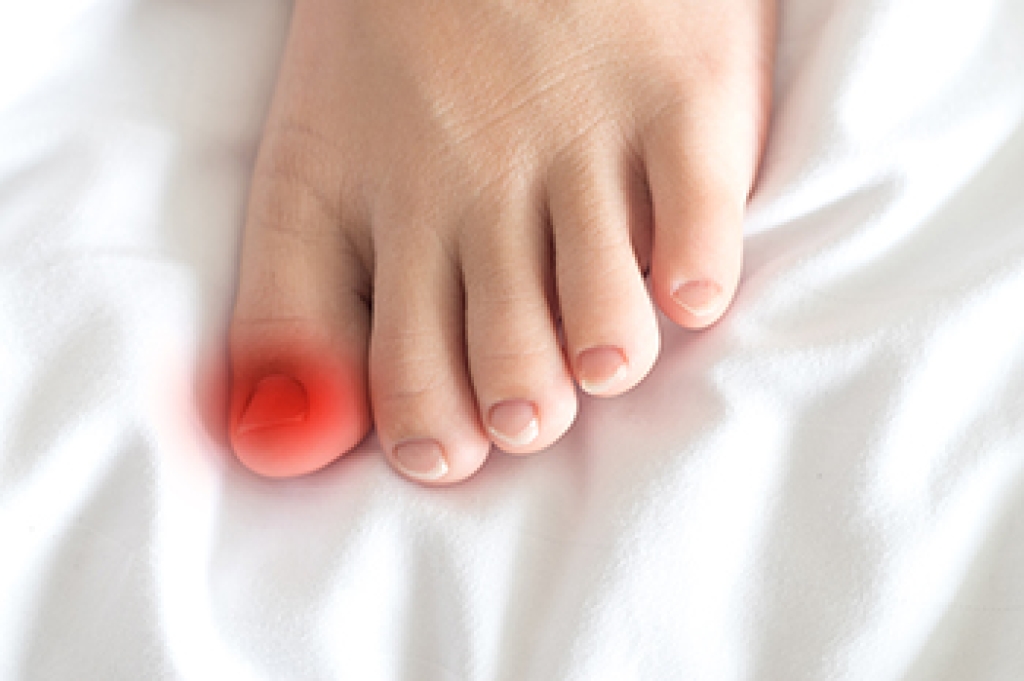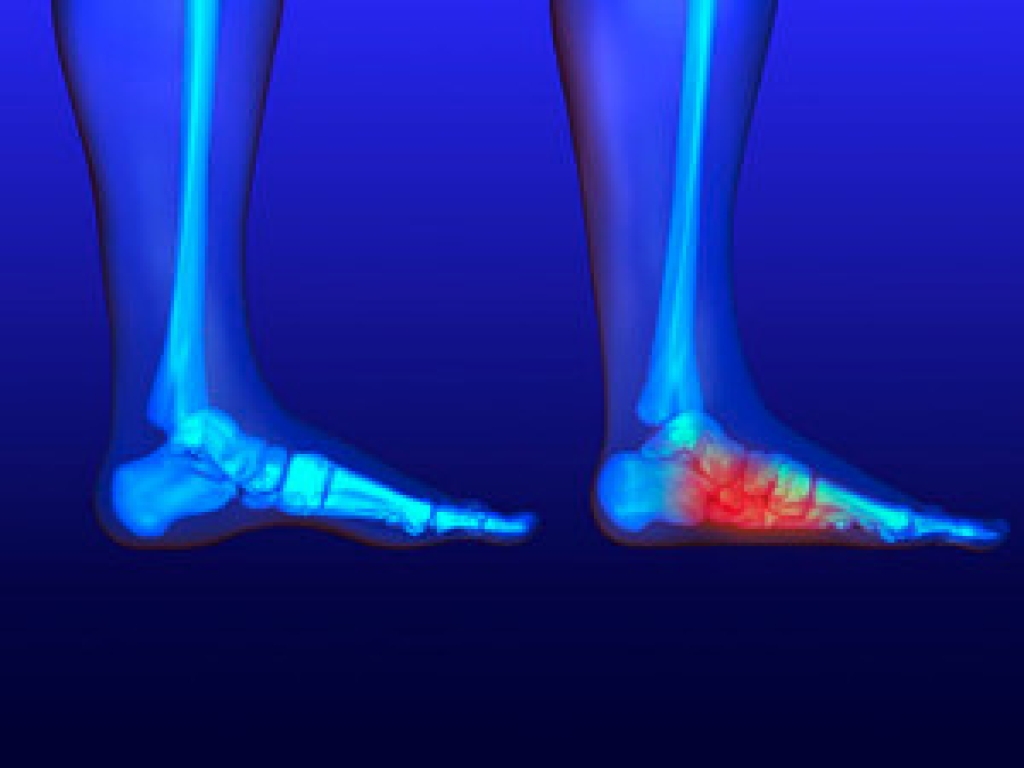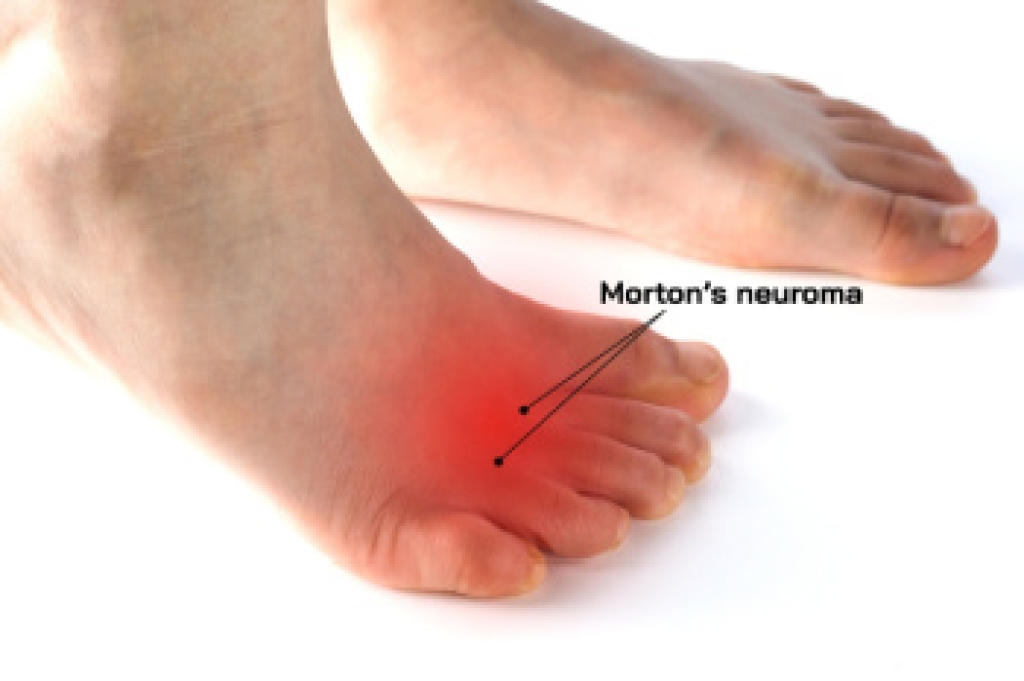Blog
Ingrown Toenails and When to Seek Help

An ingrown toenail occurs when the edge of the nail grows into the surrounding skin, causing pain, swelling, and sometimes infection. This condition is commonly caused by improper nail trimming, tight footwear, injury, or inherited nail shape. Symptoms include redness, tenderness, and sometimes drainage or pus around the nail. Risk factors include poor foot hygiene, curved toenails, and repeated pressure on the toes. A chiropodist can assess the severity, provide relief through gentle nail care or minor procedures, and offer advice on preventing recurrence. If you notice signs of an ingrown toenail, do not ignore the discomfort. If you have developed this condition, it is suggested that you schedule an appointment with a chiropodist to treat the problem early and protect your foot health from complications.
Ingrown toenails may require medical attention. If you have significant pain or notice signs of infection from an ingrown toenail, please consult with one of the specialists from Thornhill Foot Clinic. Our chiropodists will assess your condition and provide you with quality foot and ankle treatment.
What Is an Ingrown Toenail?
An ingrown toenail occurs when the edges of a toenail grow into the surrounding skin. The toenails of the big toe are usually affected, however, an ingrown toenail can happen on any toe. Sometimes, the area can become infected leading to potentially serious complications. The ingrown toenail may be caused by improper trimming of the toenail, wearing ill-fitting shoes, or injury to the nail.
Symptoms
The symptoms of an ingrown toenail include:
- Pain
- Swelling
- Redness
- Warmth
- Pus or drainage from the affected nail or a fever may indicate an infection of the area.
Treatment
Treatment depends on the severity of the ingrown toenail. In less severe cases, home treatment may be adequate. Soaking the affected foot in warm water and gently lifting the nail from the skin with a piece of clean cotton can help. In more severe cases, you may need to use topical or oral antibiotics to treat an infection. Surgical removal of the ingrown toenail may be required if more conservative treatments fail.
Ingrown toenails may be prevented by wearing well-fitted shoes and properly trimming the toenails. Toenails should be trimmed straight across and not too short when using nail clippers.
If you have any questions please feel free to contact our office located in Vaughan, ON .
Running With Flat Feet

Running with flat feet can present challenges, but with the right approach, it can be safe and enjoyable. Flat feet may cause overpronation, leading to discomfort or injury without proper support. Choosing running shoes with firm arch support and stability features can help maintain alignment and reduce strain. Gradual training with attention to form and strength exercises can also improve performance and prevent injury. A chiropodist can assess foot mechanics, recommend custom orthotics, and guide proper footwear choices to support your running goals. If you experience discomfort while running or suspect flat feet are affecting your stride, it is suggested that you consult a chiropodist for an expert evaluation and a personalized plan to keep you active and pain free.
Flat feet are a common foot condition. If you are experiencing pain or discomfort due to flat feet, please consult with one of the specialists from Thornhill Foot Clinic. Our chiropodists will assess your condition and provide you with quality foot and ankle treatment.
What Are Flat Feet?
Flat feet are feet that do not have a well-defined arch in the middle of the sole of the foot. Flat feet may be flexible or rigid. Flexible flat feet have an arch when there is no pressure put on the foot, such as when one is sitting, but the arch disappears upon standing. Rigid flat feet lack an arch regardless of whether one is standing or not.
Causes
Flat feet can be present from birth or acquired over time due to a weakening of the ligaments in the arch. Sometimes flat feet are caused by illnesses, injuries, or pregnancy.
Symptoms
Flat feet often cause no noticeable symptoms. However, some people may experience pain and discomfort due to their flat feet.
Symptoms associated with flat feet include:
- Pain in the arch, heel, ankle, or along the outside of the foot
- Overpronation of the foot
- Shin splints
- Aching or fatigue in the feet or legs
- Pain in the knees, hips, or lower back
Treatment
In cases where flat feet cause symptoms, there are various treatments available. Wearing orthotic inserts in your shoes to provide more arch support, performing stretches, and taking medications may improve your symptoms. If you are overweight, losing weight can help relieve pressure on the feet. In severe cases, surgery may be considered.
If you have any questions please feel free to contact our office located in Vaughan, ON .
Causes of Foot Pain in Seniors

Foot pain is a common issue among seniors due to several factors that develop with age. One major cause of foot pain in seniors is wearing poorly fitting shoes, which may be too tight, too narrow, or lack proper support. Shoes that do not fit well can lead to discomfort, injury, or increased risk of falls. Over time, the natural structure of the foot also changes. The padding under the heel and ball of the foot thins out, arches lose flexibility, and joints may become stiff. Feet often grow wider and longer, and dry skin becomes more common, making the skin more prone to irritation or infection. Health conditions that can increase the risk of foot pain include diabetes, arthritis, nerve damage, and poor circulation. Extra strain from excess weight, jobs that require long hours of standing, or walking on hard surfaces can also lead to discomfort. A chiropodist can help identify the source of the foot pain and provide personalized care. If you are experiencing foot problems, it is suggested that you schedule an appointment with a chiropodist for an accurate diagnosis and effective treatment solutions.
Foot problems can become increasingly common as we age, making everyday foot care especially important. To learn more about maintaining proper foot health, please consult with one of the specialists from Thornhill Foot Clinic. Our chiropodists will assess your condition and provide you with quality foot and ankle treatment.
Common Foot Problems
Certain foot problems may be more likely to affect older adults.
Some examples of foot conditions that can be common in older adults include:
- Dry, cracked skin
- Calluses and corns
- Blisters
- Ingrown toenails
- Deformities such as bunions or hammertoes
- Fungal infections
- Plantar warts
Systemic conditions, such as diabetes or arthritis, are also more likely to affect older people and manifest symptoms in the feet and ankles.
Daily Foot Care Tips
Having a daily foot care routine can help detect problems early on and prevent future issues.
Things that you can do at home to care for your feet include:
- Washing the feet daily with warm water, drying them thoroughly, and then applying a moisturizer
- Trimming the toenails straight across and not too short to prevent ingrown toenails
- Performing daily foot exercises to improve foot strength and mobility
- Wearing shoes when walking to avoid injury
- Inspecting the feet daily for any cuts, scrapes, sores, or other abnormalities and seeking prompt treatment if any problems are discovered
If you have any questions please feel free to contact our office located in Vaughan, ON .
Morton's Neuroma Facts

Morton's neuroma is a painful condition involving the thickening of tissue around a nerve in the foot, most commonly between the third and fourth toes. This pressure on the nerve causes irritation and inflammation. It can develop from wearing tight or high-heeled shoes, repetitive stress from sports, or foot deformities such as bunions or flat feet. Symptoms often include a sharp or burning pain in the ball of the foot, tingling, numbness, or the feeling of standing on a small object. Risk factors include improper footwear, high-impact activities, and abnormal foot structure. A chiropodist can help by performing a physical examination, recommending footwear changes, providing custom orthotics, and offering conservative treatments to relieve pressure, reduce pain, and improve foot function. If you have pain in this part of your foot, it is suggested that you consult a chiropodist for a diagnosis and treatment plan.
Morton's neuroma can be highly uncomfortable. If you are experiencing the symptoms of Morton's neuroma, please consult with one of the specialists from Thornhill Foot Clinic. Our chiropodists will assess your condition and provide you with quality foot and ankle treatment.
What Is a Morton’s Neuroma?
Morton’s neuroma is a condition in which a nerve located in the ball of the foot between the third and fourth toes thickens due to compression or irritation. Common causes of Morton’s neuroma include wearing shoes with high heels or narrow toe boxes, participating in running or court sports, an injury or trauma to the area, or pressure being placed on the nerve from foot deformities such as bunions or hammertoes. Left untreated, Morton's neuroma may result in permanent nerve damage.
Symptoms
Symptoms of Morton’s neuroma often start gradually and worsen over time. Typical symptoms include:
- Foot pain
- Tingling, burning, or numbness in the affected foot
- The unique sensation that something is inside the ball of the foot or that there is something stuck in your shoe while walking
Treatment
Non-surgical treatments for this condition may include padding or icing the affected foot, wearing an orthotic device, modifying activities or shoes to reduce pressure on the foot, and taking medications or getting injections to reduce pain and inflammation. Surgery may be needed if non-surgical treatments are ineffective.
If you have any questions please feel free to contact our office located in Vaughan, ON .

